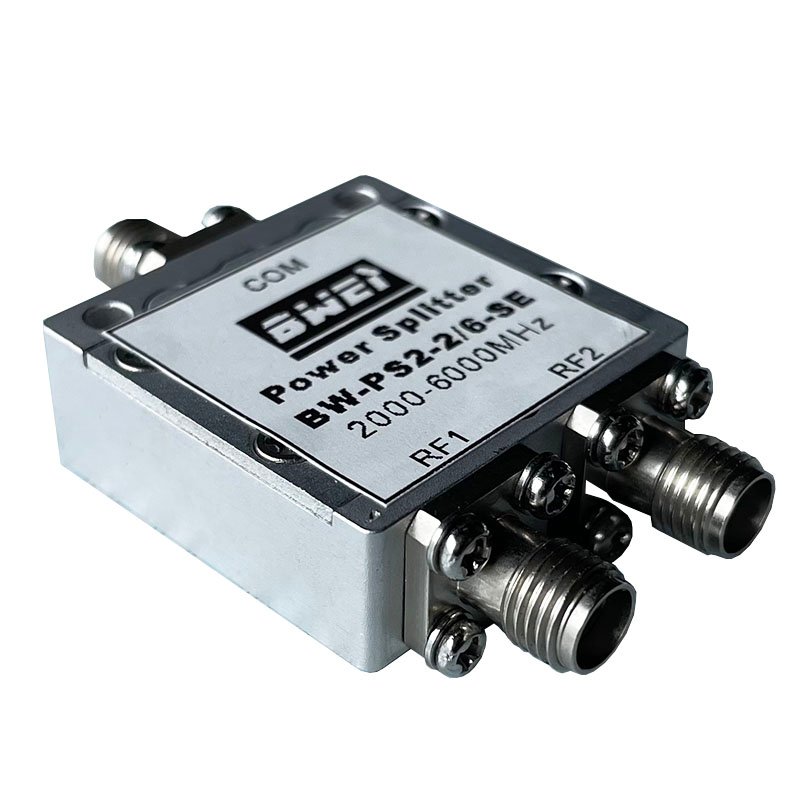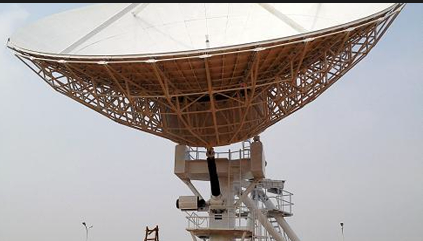Introduction to Splitters

Splitters, in their most fundamental form, are devices engineered to divide a single signal or resource into multiple parts. They serve a pivotal role across a variety of fields, including telecommunications, audio engineering, and data management. By efficiently distributing a signal, splitters ensure that multiple devices or systems can access the same source, which is crucial in both residential and commercial settings.
In telecommunications, for instance, splitters are indispensable. They enable the distribution of a single internet connection or telephone line to multiple devices, ensuring seamless communication and connectivity. Audio engineers rely on splitters to route sound signals to various outputs, such as speakers, headphones, and recording equipment, thereby enhancing the quality and flexibility of audio production. Similarly, in data management, splitters facilitate the simultaneous transmission of data signals to multiple devices, optimizing network performance and efficiency.
The importance of splitters extends beyond mere signal division. They play a critical role in maintaining signal integrity and quality. Advanced splitters are designed to minimize loss and interference, ensuring that each divided signal remains as strong and clear as the original. This is particularly vital in high-stakes environments like live audio production or critical data transmission, where signal degradation can lead to significant issues.
Understanding the basic concept and significance of splitters sets the stage for a more in-depth exploration of the specific types available. Each type of splitter is tailored to meet particular requirements and applications, offering unique features and benefits. As we delve further into the various kinds of splitters, we will uncover how these devices cater to the nuanced needs of different industries and use cases.
Types of Splitters
Splitters are essential tools in the world of technology, designed to divide a single input into multiple outputs. They are categorized based on their applications and functionalities, with the main types being audio splitters, video splitters, HDMI splitters, and data splitters. Understanding the differences among these types is crucial for selecting the right splitter for specific needs.
Audio Splitters: Audio splitters are used to distribute audio signals from one source to multiple outputs. Commonly, they come in the form of a Y-cable or a more sophisticated device with multiple jacks. They are widely used in scenarios where multiple headphones need to be connected to a single audio source, such as during collaborative music sessions or in an educational setting where several students listen to the same audio material. Key features include the number of output ports and the quality of signal transmission.
Video Splitters: Video splitters are designed to distribute video signals from a single source to multiple displays. They are essential in environments like conference rooms, classrooms, and digital signage where the same video content needs to be displayed on several screens simultaneously. Video splitters ensure that the quality of the video signal is maintained across all outputs. Important specifications include the maximum resolution supported and the number of outputs.
HDMI Splitters: HDMI splitters are specialized devices that distribute HDMI signals from one source to multiple HDMI displays. They are particularly useful in home entertainment systems, trade shows, and control rooms. HDMI splitters support high-definition video and audio, ensuring that both picture and sound quality are preserved across all connected devices. Key features to look for include the supported HDMI version, number of outputs, and compatibility with HDCP (High-bandwidth Digital Content Protection).
Data Splitters: Data splitters are used to divide data signals from one source to multiple destinations, making them indispensable in network setups. They are often employed in scenarios where multiple devices need to access the same data network, such as in offices or data centers. Data splitters can be either passive or active, with the latter providing amplification to ensure signal integrity over longer distances. Key features include the data transfer rate, number of output ports, and compatibility with various data protocols.
Each type of splitter serves a unique purpose, and choosing the right one involves understanding the specific requirements of your application. By considering factors such as signal quality, number of outputs, and compatibility with existing equipment, you can ensure optimal performance and efficiency in your setup.

Applications and Use Cases
Splitters are versatile tools employed across various industries, enhancing performance, efficiency, and convenience in numerous applications. Understanding the practical uses of different types of splitters can offer valuable insights into their significance in modern technology.
In the realm of audio engineering, audio splitters play a crucial role in recording studios. These devices enable sound engineers to distribute audio signals from a single source to multiple outputs, such as headphones and speakers, ensuring that all team members and equipment receive the same audio feed. This is essential for tasks like mixing and monitoring, where consistency and clarity are paramount.
Home entertainment systems often rely on HDMI splitters to distribute high-definition video and audio signals from a single source, like a Blu-ray player or a gaming console, to multiple displays. This setup is particularly beneficial for creating immersive viewing experiences in home theaters or for multi-screen displays during events and presentations. HDMI splitters ensure that the quality of the signal remains uncompromised, providing a seamless viewing experience across all connected screens.
In the field of network management, data splitters are indispensable tools. They facilitate the efficient distribution of data signals across various devices and networks. For instance, in large office environments, data splitters can help manage and distribute internet connections to multiple workstations, ensuring consistent and reliable access to network resources. This is crucial for maintaining productivity and ensuring smooth operation of networked systems.
Beyond these common applications, splitters find use in a variety of other scenarios. For example, fiber optic splitters are used in telecommunications to distribute optical signals to multiple users, enhancing communication networks’ capacity and reliability. Similarly, power splitters are employed in radio frequency applications to divide a single RF signal into multiple paths, which is essential in broadcasting and wireless communication systems.
By understanding the diverse applications of splitters, we can appreciate their importance in modern technology. These devices not only improve efficiency and performance but also offer significant convenience in various professional and personal settings.
Choosing the Right Splitter for Your Needs
When selecting the appropriate splitter for your specific needs, several crucial factors must be considered to ensure optimal performance and compatibility. First and foremost, assess the compatibility of the splitter with your existing equipment. Verify that the input and output connections match the devices you intend to use. This compatibility check can prevent potential mismatches that could result in functional issues or damage to your equipment.
The number of outputs required is another essential consideration. Splitters are available in various configurations, from simple two-way models to more complex versions with multiple outputs. Determine the number of devices you plan to connect to ensure you choose a splitter that meets your requirements. Opting for a splitter with additional outputs can provide future flexibility, but be mindful of potential signal degradation as the number of outputs increases.
Signal quality is a critical factor that should not be overlooked. High-quality splitters are designed to maintain signal integrity across all outputs, minimizing loss and interference. When evaluating splitters, pay attention to features such as shielding and amplification, which can enhance signal quality. Investing in a well-constructed splitter can prevent issues such as signal dropouts, ensuring a stable and reliable connection.
Budget constraints also play a significant role in the decision-making process. While it might be tempting to opt for the least expensive option, it is essential to balance cost with performance. Cheap splitters may lack the necessary build quality and features to deliver satisfactory results. Conversely, excessively priced models might include features that exceed your actual needs. Conduct thorough research and read user reviews to find a splitter that offers good value for money without compromising on essential functionalities.
Common pitfalls when purchasing a splitter often include overlooking the importance of signal quality and failing to account for future expansion needs. Avoid these mistakes by prioritizing compatibility, evaluating the number of outputs, and considering long-term requirements. By carefully weighing these factors and seeking reputable brands, you can make an informed decision that ensures your chosen splitter effectively meets your specific application needs.